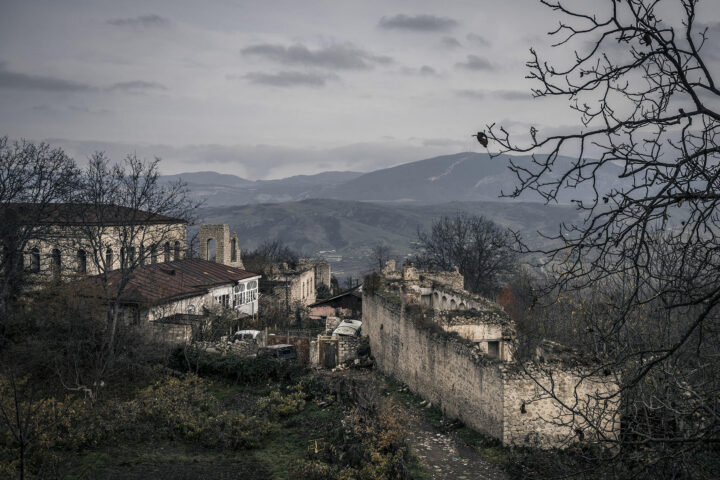1. A brief history of the Nagorno-Karabakh conflict The present-day stage of the Armenian-Azerbaijani conflict dates back to the end of 1987,
Delegation of Azerbaijan attending the meeting of the OSCE Ministerial Council in Helsinki has issued written statement reflecting Azerbaijan’s Principles applicable to
Abstract The Armenia-Azerbaijan conflict over the Nagorno-Karabakh (NK) region of Azerbaijan, which in its modern form has continued for 20 years, is
President Serzh Sargsyan’s recent remarks about “Greater Armenia” have attracted widespread attention and much criticism, but an ongoing Armenian effort to lay
The military forces of Armenia raised unfounded territorial claims against the Azerbaijan Republic in the early 1990s, and broking international norms occupied
The decree concerning the development of productive forces in the mountainous regions, including Nagorny Karabakh autonomous area was passed before the beginning
As the result of aggression of the Republic of Armenia against the Republic of Azerbaijan, during the 1988-1994 period, serious material damage
1987 October – First meeting in Yerevan (Armenia) took place with challenges to annex the Nagorno-Karabakh Autonomous region (NKAR) of the Azerbaijan
For nearly seven years, a bitter and violent conflict has raged between Armenia and Azerbaijan over Nagorno-Karabagh, a district of Azerbaijan inhabited
The conflict is rooted in expansionism and a policy of aggression aimed at expanding the territory of Armenia by force at the
The historical background, causes and essential elements of the present day Armenian-Azerbaijan conflict. 1. The resettlement of Armenians in the territory of








